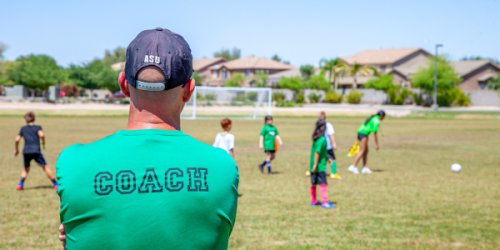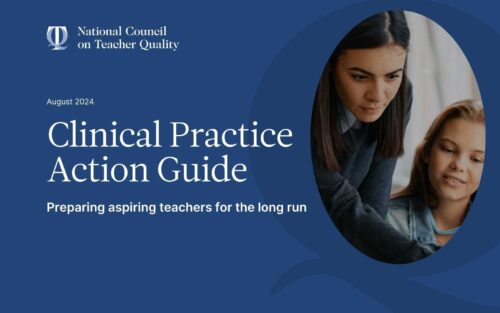Sometimes there
just aren’t
enough great teachers to go around.
Placing two, even
three student teachers in a single classroom is one way that teacher prep
programs are working around shortages of qualified cooperating teachers.
But is this a good
idea?
We thought we
might gain insight into the merits of this relatively new practice from a
recent study, which we won’t name for reasons that will become quickly
apparent. We assumed it would investigate whether “paired placements”
(two student teachers in a single classroom) lead to demonstrable gains (or
losses) in candidate skills. Apparently, as we too often discover in education
research, what piques our interest bears no relation to teacher education’s
interest.
So why write about
it here? Because it reveals a lot about the current priorities in teacher
education and helps to illustrate the deep divide between the issues which
concern P-12 educators and the issues which concern teacher educators.
Apparently, we can’t even agree on the questions we should be asking, let alone
the answers.
Rather than
characterizing student teaching as an opportunity for an inexperienced teacher
candidate to learn from a pro, the article promotes the perspective that such
“hierarchical dispensation of wisdom” is less valuable than
“shared inquiries” of the student teacher and mentor – meaning that
the student teacher is there to both learn from and teach the mentor teacher. Apparently, the authors thought that when
a cooperating teacher is up against not one but two student teachers,
she might be more amenable to let the students be the teachers.
The author’s interviews
with the student teachers and mentor teachers in the study lead the author to
three conclusions which we translate here.

The report laments
that unless mentors are willing to “challenge orthodoxies”
(specifically, their own beliefs), they are able to resist the ideas of any
number of student teachers. To which we respond, providing that mentors are
effective teachers, shouldn’t student teachers believe that the purpose of the
placement is to absorb instructional practices, not to challenge them? To
practice and get feedback, however painful it may be, from an expert and not
just a peer?
(Note that because
our comments pertain to the field and not the article or author, we haven’t
identified either.)
More like this

The data and analyses district leaders used to support their work in 2024

Ahead of the pack: Which districts are setting strong clinical practice policies?



